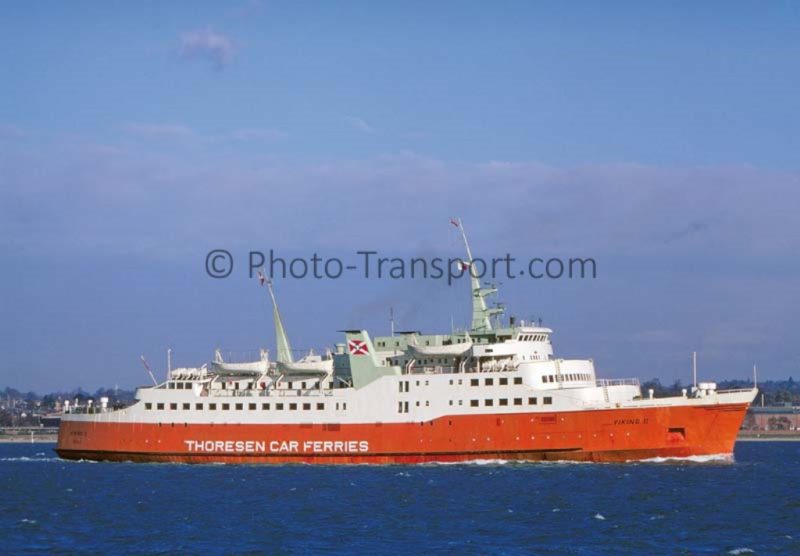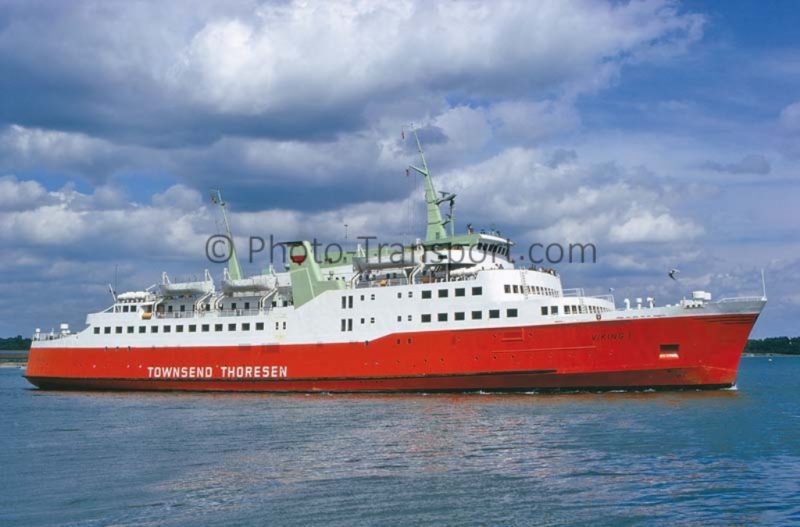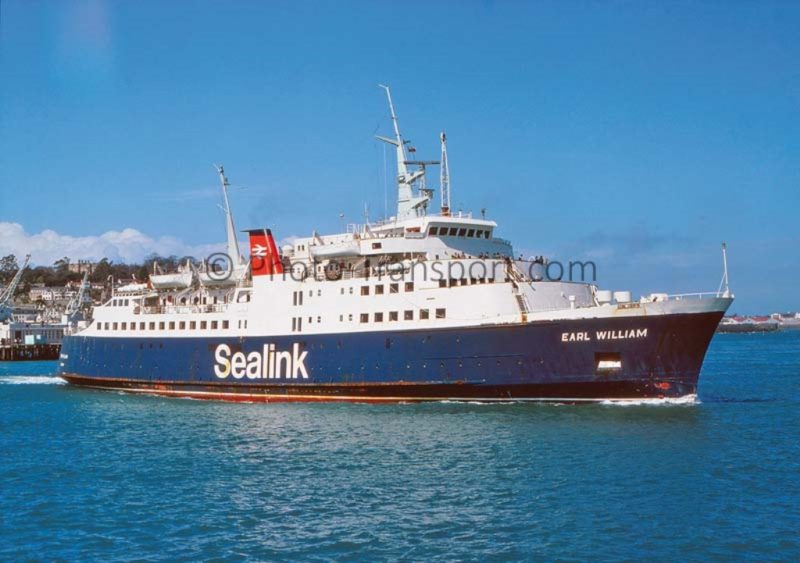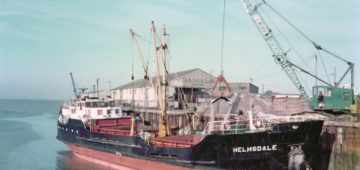
What did Richard Branson and Otto Thoresen have in common? It certainly wasn’t a mane of hair (at the time Otto was virtually bald) or the beard (the Norwegian was, to my knowledge, always clean shaven). What links these two transport entrepreneurs was a common epiphany, that when faced with yet another mediocre journey on what they considered to be an over-priced, substandard rival, they decided to enter the fray with their own revolutionary products. For Branson it was Virgin Atlantic Airways which first flew to the USA in 1984. Twenty years earlier Thoresen Car Ferries was born.
Otto Thoresen had worked for a number of years as manager of Fred. Olsen’s Mediterranean operation, garnering experience in the freight and ferry business. During that time he had become increasingly frustrated at the amount of inactive time ships under his tenure spent between voyages and the time-consuming, arcane freight handling methods employed at each port. He was convinced that he c, utilising a roll-on roll-off freight containerisation system. He also felt that this could operate in tandem with a more streamlined method of transporting passengers and cars.
The epiphany referred to above came on a bleak winter crossing sometime in the late 1950s. Having been diverted from Dunkirk and soldiering on despite a heavy cold (which prevented him from flying), Thoresen and his wife embarked on one of the ageing ‘mail steamers’ at Dieppe, possibly the Brighton. Feeling unwell and delayed for his meeting in London, Thoresen was not a happy man. He is quoted in Miles Cowsill and John Hendy‘s book Remembering the Thoresen Vikings, as saying ‘We were served an indifferent breakfast on a tablecloth full of tea-spots. My wife tells me that I banged my fist on the table and said “You needn’t be a genius to do better than this”.’ Possibly not but it did require foresight, perseverance, considerable investment and an element of good fortune.


Thoresen knew that the success of his idea required a high frequency, mass movement route. The English Channel was the obvious choice but had been monopolised by the British and French railway companies for over a century, government purse strings and ‘public service’ considerations almost certainly stifling innovation. Nevertheless by the turn of the decade the rail companies were introducing new vessels with modern interiors, such as the Maid of Kent, but also reviewing their position and concentrating this new tonnage on their most profitable Dover Straits services. Thoresen correctly guessed that with increased private car ownership, the travelling public might also want Western Channel services that avoided the (pre-M25) London bottleneck. Jung’s theory of ‘synchronicity’ now played its part, meaningful coincidences evolving to fulfil the Norwegian’s plan.
British Railways (BR) shifted their Channel Island services to Weymouth, whilst further cutbacks to their loss making Le Havre overnight service in 1958 were a further clear indication of retrenchment. Thoresen decided to strike and enlisted the crucial assistance of London shipbrokers James Burness & Sons Ltd., who began to sound out Southampton, Weymouth and Cherbourg about a proposed cross-channel car ferry service. Cherbourg had long been bypassed in favour of Le Havre (for Paris) and to a lesser extent St. Malo (for Brittany) as a ferry port on the French side of the Channel. With its historic role as a staging post for transatlantic liners also under threat the local authorities were very receptive to the proposed new service. On the English side, Southampton was still smarting from BR’s decision to reposition its Channel Island service to Weymouth (in May 1961 the Isle of Guernsey made the final passenger ferry crossing from the Hampshire port to the islands) and persistent rumours that it would soon pull out of the Le Havre route altogether. For its part Weymouth’s star was on the rise having secured the Channel Island traffic.


Subscribe today to read the full article!
Simply click below to subscribe and not only read the full article instantly, but gain unparalleled access to the specialist magazine for shipping enthusiasts.





Comments
Sorry, comments are closed for this item